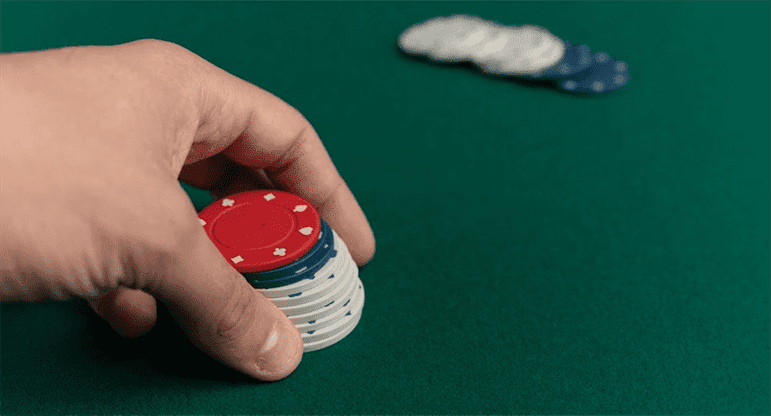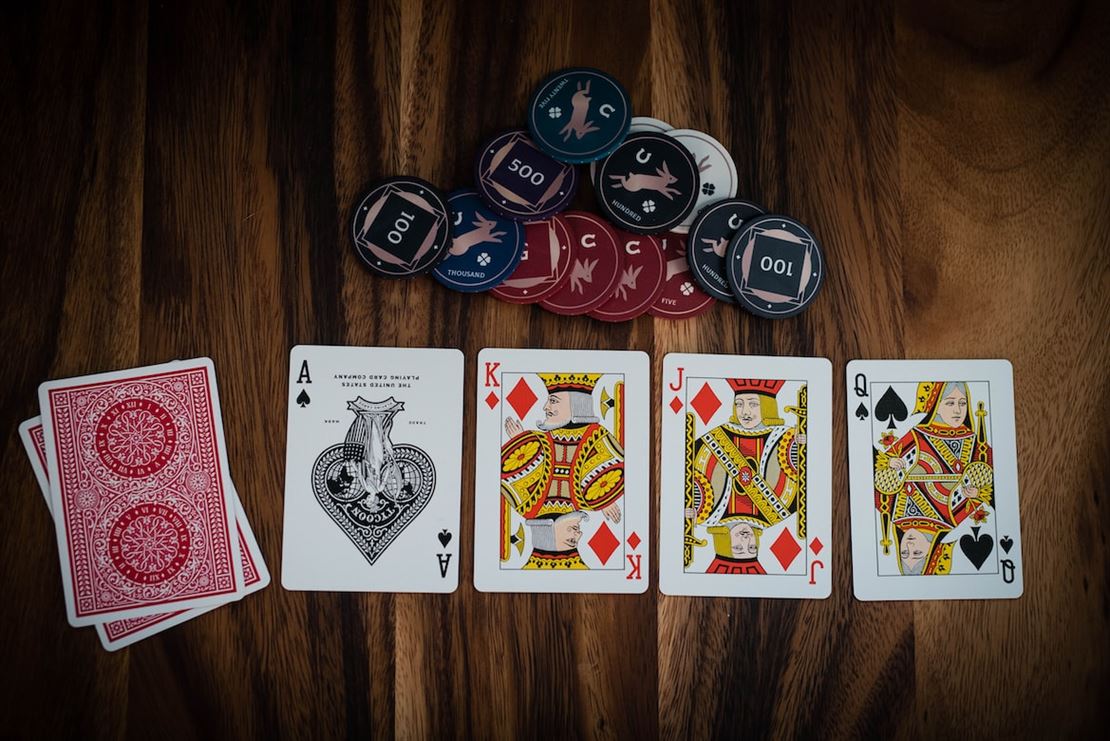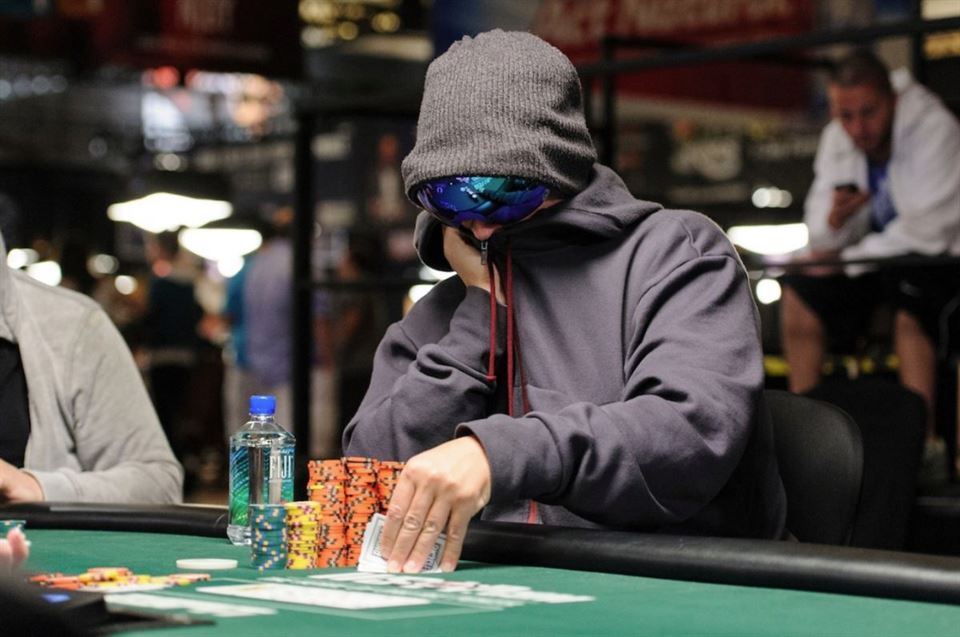“Reading Your Opponents: Unveiling the Secrets of Poker Strategy” is a comprehensive guide that delves into the art of understanding and analyzing your opponents in the game of poker. This guide aims to equip players with the necessary skills and techniques to decipher their opponents’ intentions, behaviors, and potential strategies. By mastering the ability to read opponents, players can gain a significant advantage at the poker table, making informed decisions and maximizing their chances of success. Whether you are a beginner or an experienced player looking to enhance your poker skills, this guide offers valuable insights and practical advice to help you develop a winning edge in the game.
The Importance of Reading Your Opponents in Poker Strategy
When you sit down at a poker table, you are not just playing the cards in your hand. You are playing against the people sitting across from you. Each player has their own unique style, tells, and tendencies that can be exploited if you know what to look for. This is where the art of reading your opponents comes into play.
One of the first things to consider when reading your opponents is their betting patterns. How do they bet when they have a strong hand? Do they bet aggressively or do they try to trap their opponents? On the other hand, how do they bet when they have a weak hand? Do they fold easily or do they bluff frequently? By paying attention to these patterns, you can gain valuable insight into the strength of their hand.
Another important aspect of reading your opponents is observing their body language and facial expressions. Many players have unconscious tells that can give away the strength or weakness of their hand. For example, a player who is bluffing may avoid eye contact or fidget nervously. Conversely, a player with a strong hand may appear relaxed and confident. By carefully observing these subtle cues, you can gain an advantage over your opponents.
In addition to betting patterns and body language, it is also important to consider the overall playing style of your opponents. Are they tight or loose players? Tight players tend to play fewer hands and are more cautious with their bets. Loose players, on the other hand, play a wide range of hands and are more likely to take risks. By understanding the playing style of your opponents, you can adjust your own strategy accordingly.
Furthermore, it is crucial to pay attention to the position of your opponents at the table. The position in which a player sits can greatly influence their betting decisions. For example, players in early position are at a disadvantage because they have to act before the players in later positions. As a result, they are more likely to play cautiously and fold weaker hands. By understanding the impact of position on your opponents’ decisions, you can exploit their weaknesses and make more informed betting choices.
Lastly, it is important to note that reading your opponents is not an exact science. It requires practice, observation, and intuition. It is a skill that can be honed over time, but it is not foolproof. Even the best players in the world can misread their opponents from time to time. However, by consistently paying attention to the various aspects discussed, you can greatly improve your ability to read your opponents and make more informed decisions at the poker table.
Mastering the Art of Bluffing: A Key Element in Poker Strategy
One of the first things to consider when bluffing is your table image. Your table image is the perception that your opponents have of you based on your previous actions and behavior. If you have been playing conservatively and only showing strong hands, your opponents are more likely to believe that you have a strong hand when you decide to bluff. On the other hand, if you have been playing aggressively and bluffing frequently, your opponents may be more inclined to call your bluff. Therefore, it is important to establish a solid table image before attempting a bluff.
Another crucial aspect of bluffing is reading your opponents. This involves paying close attention to their betting patterns, body language, and reactions. If you notice that a player tends to bet aggressively when they have a strong hand, you can use this information to your advantage. By betting confidently when you have a weak hand, you can make them believe that you have a stronger hand and force them to fold. Similarly, if you notice that a player becomes nervous or fidgety when they are bluffing, you can look for these signs and call their bluff.
Timing is also key when it comes to bluffing. Bluffing at the wrong time can be disastrous and result in a significant loss of chips. It is important to choose the right moment to make your move. Bluffing early in a game when the pot is small and the stakes are low can be a good strategy. This is because players are less likely to risk a large amount of chips on a weak hand. However, bluffing late in a game when the pot is large and the stakes are high can be riskier. Players are more likely to call a bluff when there is a lot at stake. Therefore, it is important to assess the situation and make a calculated decision based on the current state of the game.
In addition to timing, the size of your bluff is also crucial. A small bluff may not be convincing enough to make your opponents fold, while a large bluff may scare them away. It is important to find the right balance and make a bet that is believable. This requires a deep understanding of your opponents and their tendencies. By analyzing their previous actions and betting patterns, you can make an educated guess about the amount that will make them fold.
Analyzing Betting Patterns: Unveiling Secrets in Poker Strategy
Betting patterns can reveal a lot about a player’s hand strength and their overall strategy. For example, a player who consistently bets aggressively may have a strong hand, while a player who frequently checks or calls may be playing more cautiously with a weaker hand. By observing these patterns, you can start to build a profile of each player at the table, allowing you to make more accurate predictions about their next move.
One important aspect to consider when analyzing betting patterns is the size of the bets. A player who consistently bets large amounts may be trying to intimidate their opponents and force them to fold. This aggressive betting style can be effective, but it can also be a sign of a player who is overcompensating for a weak hand. On the other hand, a player who consistently bets small amounts may be trying to keep the pot small and control the pace of the game. This cautious approach can be a sign of a player with a strong hand, but it can also indicate a player who is unsure of their hand’s strength.
Another factor to consider is the timing of the bets. A player who quickly bets or raises may be trying to project confidence and discourage their opponents from calling. This can be a sign of a strong hand, but it can also be a bluff. Conversely, a player who takes a long time to make a decision before betting may be trying to appear weak in order to entice their opponents to bet more. This slow-playing strategy can be effective, but it can also be a sign of a player who is unsure of their hand’s strength.
It is also important to pay attention to any deviations from a player’s usual betting patterns. A sudden change in betting behavior can indicate a shift in strategy or a change in the strength of their hand. For example, if a player who has been betting aggressively throughout the game suddenly starts checking or calling, they may be trying to trap their opponents with a strong hand. Conversely, if a player who has been playing cautiously suddenly starts betting aggressively, they may be trying to bluff their opponents into folding.
Body Language and Poker Strategy: How to Read Your Opponents
Body language is a nonverbal form of communication that can reveal a person’s thoughts, emotions, and intentions. In poker, it can provide valuable insights into your opponents’ hands and strategies. By paying close attention to their gestures, facial expressions, and posture, you can gain a deeper understanding of their mindset and make more informed decisions.
One of the most common tells in poker is the shaking of hands. When a player has a strong hand, their hands may tremble slightly due to the adrenaline rush. On the other hand, a player with a weak hand may try to steady their hands to appear more confident. By observing this subtle movement, you can gauge the strength of your opponents’ hands and adjust your own strategy accordingly.
Facial expressions are another crucial aspect of body language to watch for. A sudden twitch of the eyebrow, a slight smile, or a furrowed brow can all provide valuable clues about your opponents’ cards. For example, a player who suddenly smiles when they see their hole cards may have been dealt a strong hand. Conversely, a player who frowns or looks disappointed may have received a weak hand. By carefully studying these facial expressions, you can gain insights into your opponents’ hands and make more accurate predictions.
Posture is yet another important indicator of your opponents’ intentions. A player who sits up straight and leans forward may be signaling confidence and strength. On the other hand, a player who slumps in their chair or avoids eye contact may be feeling uncertain or weak. By observing these subtle changes in posture, you can gain valuable information about your opponents’ mindset and adjust your own strategy accordingly.
In addition to these specific cues, it’s important to pay attention to the overall demeanor and behavior of your opponents. For example, a player who is normally talkative and engaging may become quiet and withdrawn when they have a strong hand. Conversely, a player who is usually reserved and serious may become more animated and chatty when they are bluffing. By observing these changes in behavior, you can gain insights into your opponents’ strategies and make more informed decisions.
It’s important to note that body language should not be the sole basis for your decisions in poker. It should be used in conjunction with other factors such as the betting patterns, the community cards, and your own hand strength. Additionally, it’s crucial to remember that body language can be misleading, and some players may intentionally try to deceive you with their gestures and expressions.
Psychological Tactics in Poker Strategy: Understanding Your Opponents’ Minds
One of the first things to consider when trying to understand your opponents’ minds is their playing style. Are they aggressive or passive? Do they play tight or loose? These characteristics can provide valuable insights into their mindset. Aggressive players tend to be more confident and willing to take risks, while passive players are more cautious and conservative. Tight players are selective with their hands, while loose players play a wider range of hands. By observing these traits, you can start to build a profile of your opponents and adjust your strategy accordingly.
Another psychological aspect to consider is body language. Non-verbal cues such as facial expressions, hand movements, and posture can reveal a lot about a player’s hand strength and confidence. For example, a player who is bluffing may exhibit signs of nervousness, such as fidgeting or avoiding eye contact. On the other hand, a player with a strong hand may display signs of relaxation and confidence. By paying attention to these subtle cues, you can gain valuable information about your opponents’ hands and make more informed decisions.
Furthermore, understanding your opponents’ motivations can be a powerful tool in poker strategy. People play poker for various reasons, such as the thrill of competition, the desire to win money, or simply for social interaction. By identifying what drives your opponents, you can exploit their weaknesses and manipulate their decisions. For example, if you notice that a player is motivated by the desire to win money, you can use this knowledge to your advantage by making larger bets and putting pressure on them to fold.
In addition to motivations, emotions also play a significant role in poker strategy. Emotions such as fear, anger, and frustration can cloud judgment and lead to poor decision-making. By understanding your opponents’ emotional state, you can exploit their vulnerabilities and capitalize on their mistakes. For instance, if a player is visibly frustrated after losing a hand, they may be more likely to make impulsive and irrational decisions. By staying calm and composed, you can take advantage of their emotional state and make strategic moves.
Lastly, it is essential to be aware of your own psychological state when playing poker. Your mindset can greatly influence your decision-making and overall performance. Being self-aware and managing your emotions is crucial for maintaining a clear and focused mind. By staying calm and composed, you can make rational decisions based on logic and strategy rather than being swayed by emotions.
In conclusion, understanding your opponents’ minds is a crucial aspect of poker strategy. By observing their playing style, body language, motivations, and emotions, you can gain valuable insights into their mindset and make more informed decisions. Additionally, being aware of your own psychological state is equally important. By mastering the psychological tactics in poker strategy, you can gain a significant edge over your opponents and increase your chances of success.




